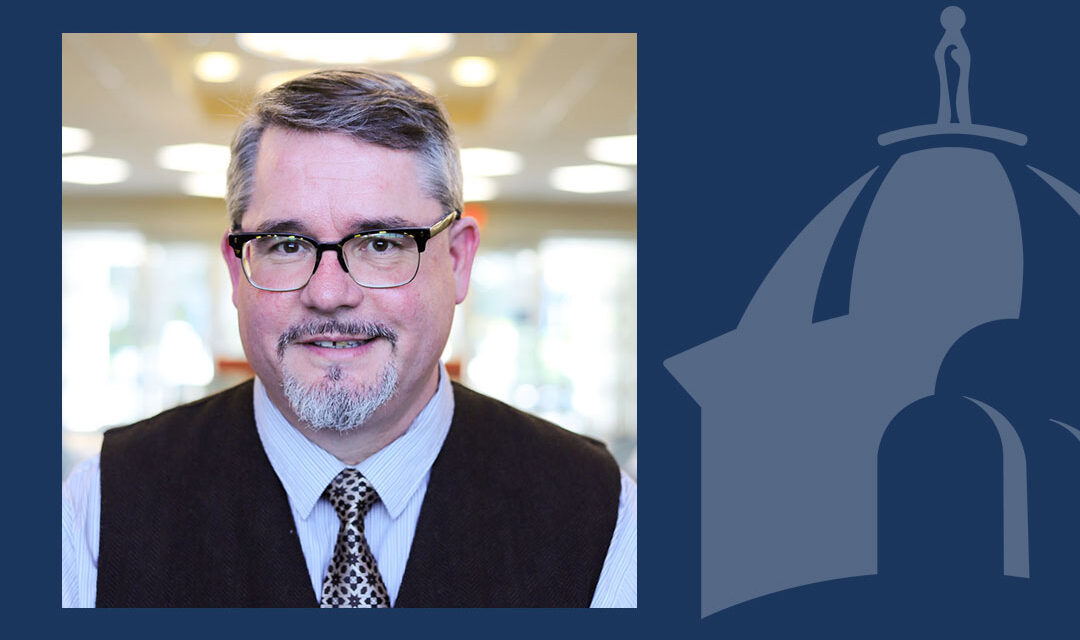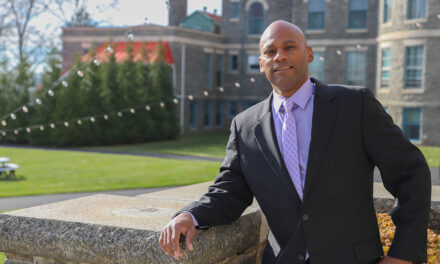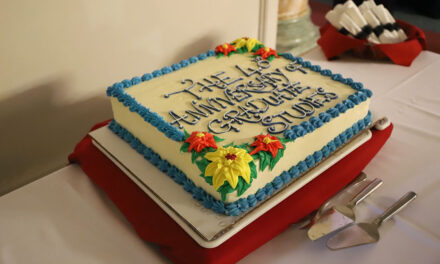By James E. Siburt, Ph.D.
Assistant Professor and Director, Master of Science in Strategic Leadership
While this brief piece cannot address all aspects of ethics and that which is ethical, my hope is that it will, if nothing else, generate a dialogue that draws us closer together as a community of learners. Two people can have the same desired goal, but the manner in which they choose to pursue this desire expresses their understanding and personal interpretation of an ethical practice. To avoid the age-old debate between the use of the words “ethical” or “moral”–that can be saved for the classroom–let us agree that what we are discussing is right behavior as perceived by society at large and that the use of the term “ethical” encompasses the whole.
This whole in which we live consists of persons who are part of our ontological world; how each values the other is perceived through our ethical lens. This lens has been shaped by all of our experiences to date. It is through this lens that we see our world, with no two lenses being identical. We bring our ethical lens to bear upon every situation, and this in turn defines the path we take as we practice this understanding. In the face of a decision one person may choose a path that satisfies their personal goals, while another chooses one that better meets the needs of the many. Although we agree that it is within the leader’s role to make such decisions, the determination of what is ethical resides in the value each leader places upon those they are leading.
Predetermined stances that place barriers between our perspectives and those of others can hinder us from seeing any other choice in an ethical dilemma. Where one person may be willing to do or permit harm in order to achieve their ends, another, desiring the same ends, will not even consider harming others as an option. This decision mostly comes down to our aesthetics, or how one person values another. What we value, we protect and preserve; what we deem worthless, we despise and destroy. All human beings have value, even though we do not all share the same ethical perspective.
Leaders may value their followers for their occupational service toward the organization’s goals but may fail to recognize how they contribute through their unique qualities as individual persons. Do we value and define others by their individual qualities or solely by the services they provide, i.e. their provision? An ontological understanding of aesthetic value should consider the qualities of the individual and their provision as independent, but equally valuable contributions. Sadly, we often fail to value, except in hindsight, the distinction between these aspects, deeming the unique qualities of the individual as inconsequential in comparison to their provision. It is not until a person is no longer in their occupational role that we realize they remembered birthdays, offered words of encouragement, or brokered peace within the department. Although the provision can be replaced with a new hire, the qualities of the individual can be sorely missed.
The pursuit of aesthetic based ethics requires the desire to model, and the desire to model requires, and hopefully leads to, the desire to practice. The mere words and knowledge we espouse are transformed when manifested into practice. The ethical is not always nice or comfortable, nor is it easy, and every ethical encounter leaves an indelible mark, time after time, shaping our lens of perception and challenging us to transform words into deeds.
It would also be incumbent upon us to recognize the need for a philosophy of ethics that keeps pace with the change we experience. Instead of solely being grounded in knowledge, it should strive to embrace a practice of ethics that is woven throughout all aspects of our lives. Without practice, it cannot truly be ethical. Our practice of ethics, while grounded in the knowledge of what it means to be ethical, also requires a philosophy that instills an understanding of change, so we can adapt those practices into the interactions within our ever-changing culture.
Although there exists a need for moral insight and ethical practices in the everyday determination of right behavior, where do we place the anchor that prevents us from slipping off the ethical edge? I desire to find the solid ground on which we can be joined together as learners and from which we will foster a community that reflects our shared values and supports a dialogue between faith and culture, now and into the future.
A sound strategy is one that serves to mitigate conflict and prevent us from being tossed about like babes on the waves of cultural change. Ethical leading is the strategic and aesthetic exercise of power to influence others toward a mutually beneficial goal. This concept is one that my students are challenged to unpack, understand and make part of their own ethical journey in the practice of leading. With the understanding that we all influence others, hence we all lead, I challenge you to pursue the same.






